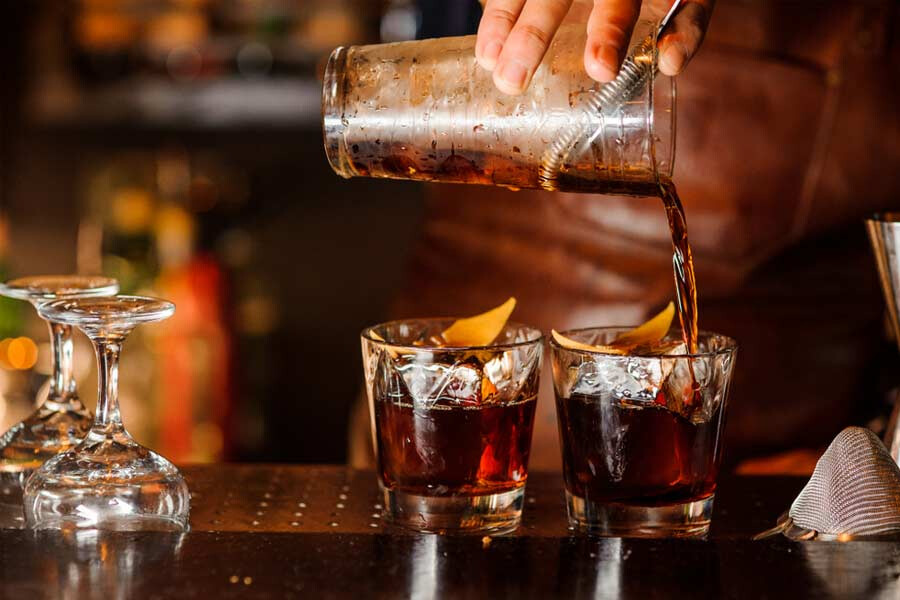
Vietnam - Defying trends in more established markets, Vietnam's whisky market is experiencing a remarkable boom, projected to reach a staggering US$440 million by the end of 2025. This represents an impressive annual growth rate of 26%, signaling a significant shift in the global landscape of whisky consumption.
This surge in demand, as highlighted in a recent Forbes report, is fueled by a unique combination of economic and cultural factors. The rapid expansion of Vietnam's middle class has cultivated a taste for luxury goods, with premium whisky brands becoming increasingly coveted. Furthermore, a deep-rooted cultural tradition of collecting items associated with auspicious birth years is adding another layer of enthusiasm to the market.
The burgeoning passion for whisky is also evident in the emergence of domestic distilleries. In a landmark move for Vietnam's spirits industry, Hanoi-based Về Để Đi announced in February 2024 the release of private casks of the nation's first single malt whisky. Co-founder Dr. Michael Rosen emphasized the unique advantages of hot climate distilling, explaining that the accelerated interaction between wood and whisky in warmer temperatures can lead to distinctive and appealing flavor profiles. This development not only caters to local demand but also positions Vietnam as a potential new player in whisky production.
A Contrast to Global Trends
Vietnam's spirited growth stands in stark contrast to the headwinds facing the global whisky market. Reports from late last year indicated a decline in whisky sales in key markets, attributed to economic pressures, evolving consumer preferences, and persistent inflation. Major producers have experienced slowing growth, particularly in traditional strongholds like the United States and the United Kingdom. However, emerging economies in the Asia-Pacific region, with Vietnam at the forefront, are bucking this trend, driven by rapid economic expansion and a burgeoning middle class eager to embrace premium spirits. This divergence underscores the shifting dynamics of the global whisky industry, where the Asia-Pacific region is increasingly solidifying its position as a crucial growth engine.
Potential Obstacles on the Horizon
Despite the optimistic outlook, Vietnam's rapid ascent in the whisky market is not without potential hurdles. In July 2024, Vietnamese authorities proposed a significant alcohol tax hike, aiming to reach 100% by 2030. The rationale behind this proposal is to curb alcohol consumption and address associated health concerns. If implemented, such a substantial tax increase could significantly impact the affordability and accessibility of whisky, potentially dampening the current enthusiastic demand.
Asia-Pacific: A Region of Rising Demand
Nevertheless, the overall forecast for Vietnam's whisky market remains positive, mirroring broader trends across the Asia-Pacific region. For instance, recent data reveals a notable 43% increase in UK whisky exports to Malaysia, further illustrating the rising demand for high-quality alcoholic beverages throughout Asia. This regional appetite suggests a strong underlying trend that could help Vietnam navigate potential challenges.
Looking Ahead
The Vietnamese whisky market presents a compelling case study in the evolving global spirits landscape. While traditional markets grapple with various pressures, Vietnam's unique cultural dynamics and economic growth are creating a fertile ground for whisky consumption. The emergence of domestic distilleries adds an intriguing dimension to this growth story, potentially leading to the development of uniquely Vietnamese whisky styles. While the proposed alcohol tax hike poses a significant challenge, the strong underlying demand and the broader trends in the Asia-Pacific region suggest that Vietnam's whisky journey is one to watch closely in the coming years.
[Copyright (c) Global Economic Times. All Rights Reserved.]



























